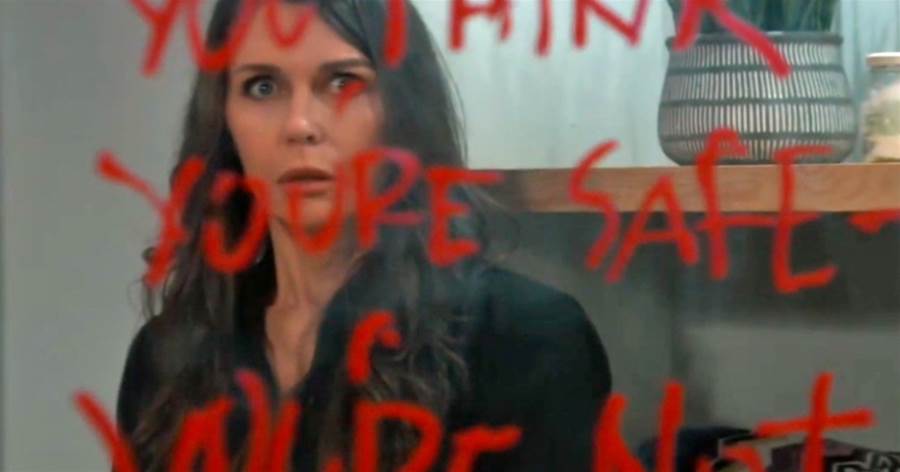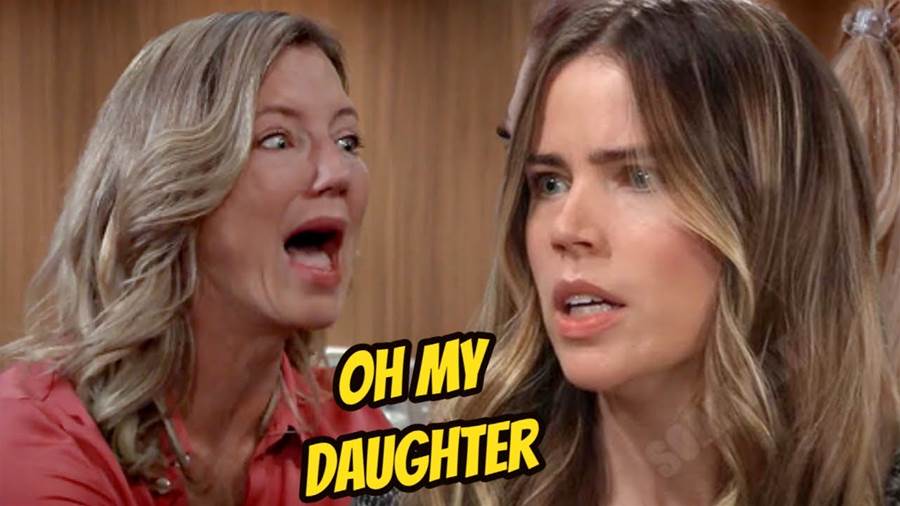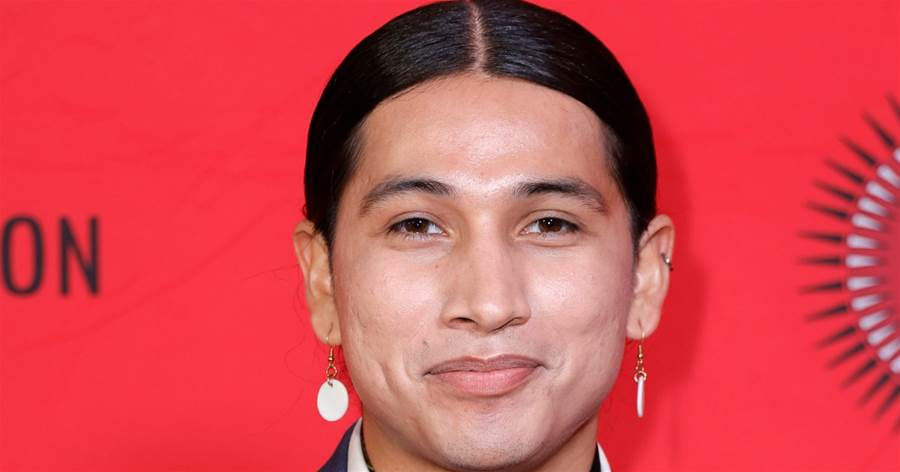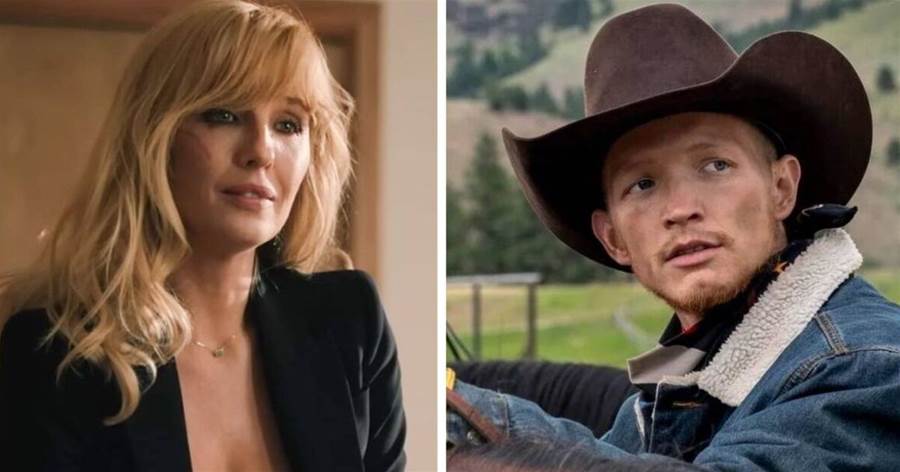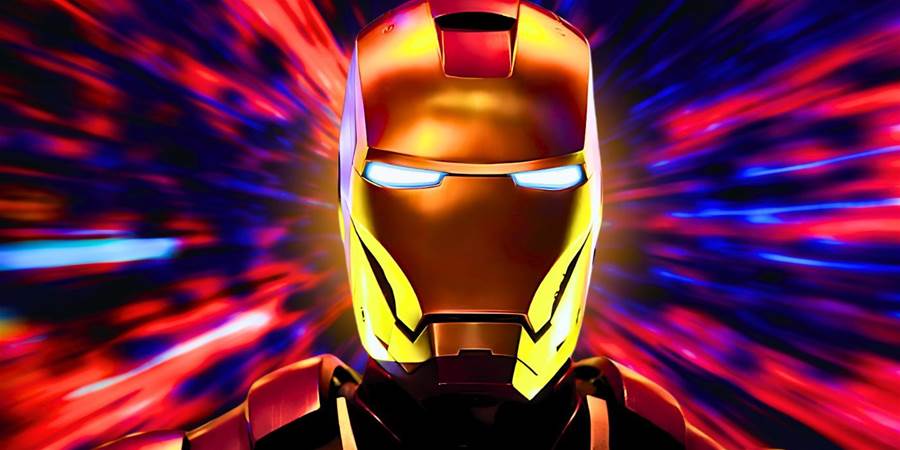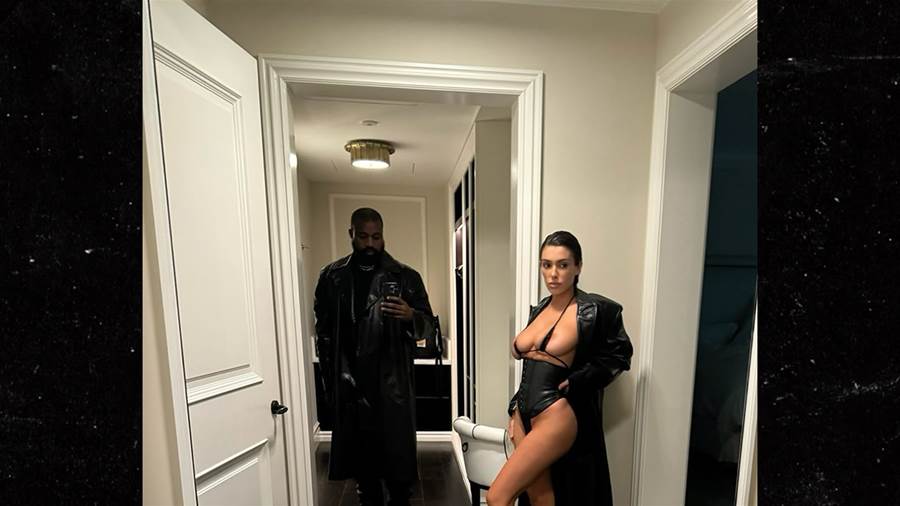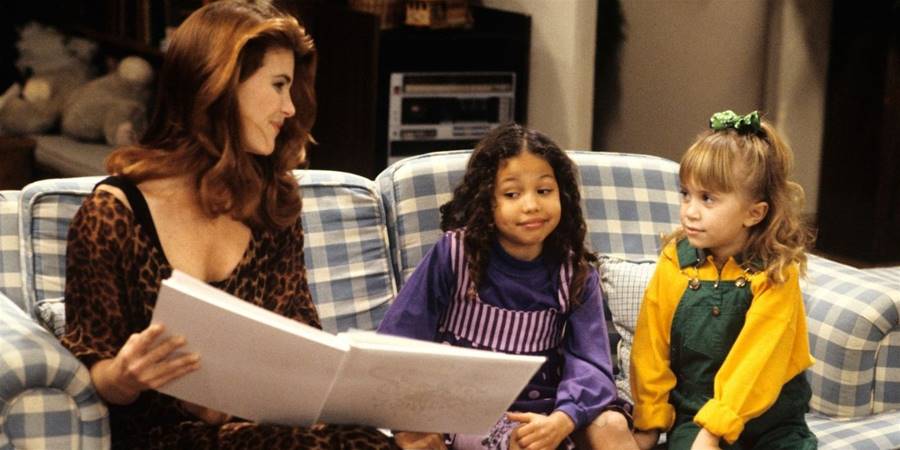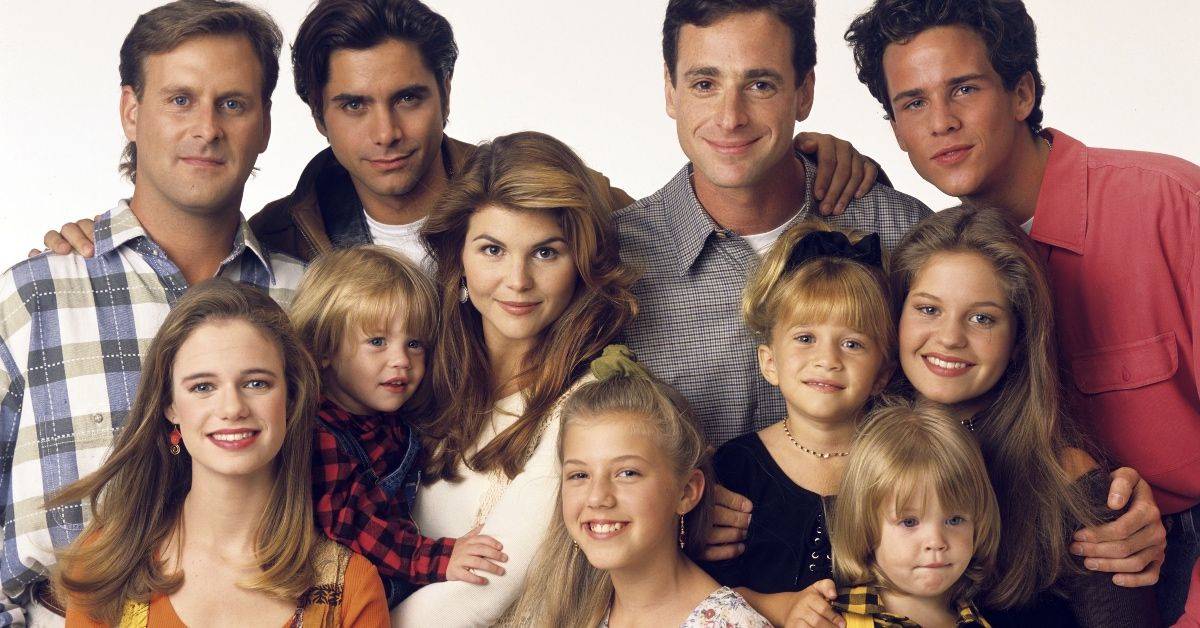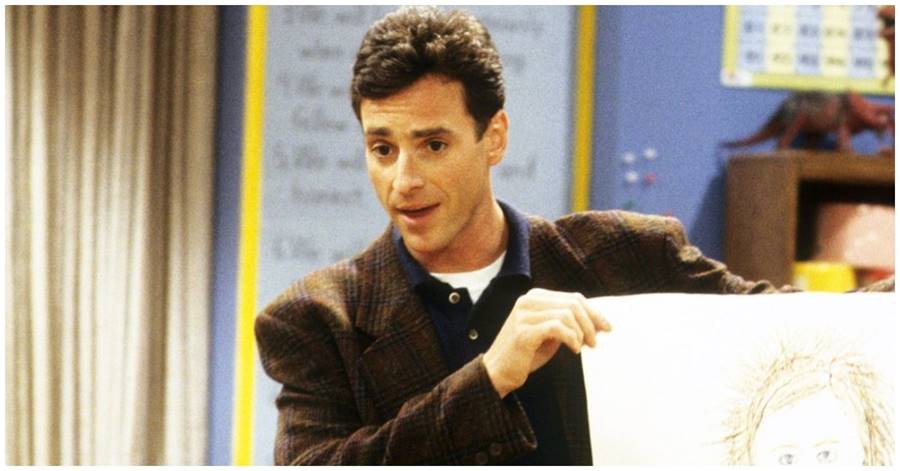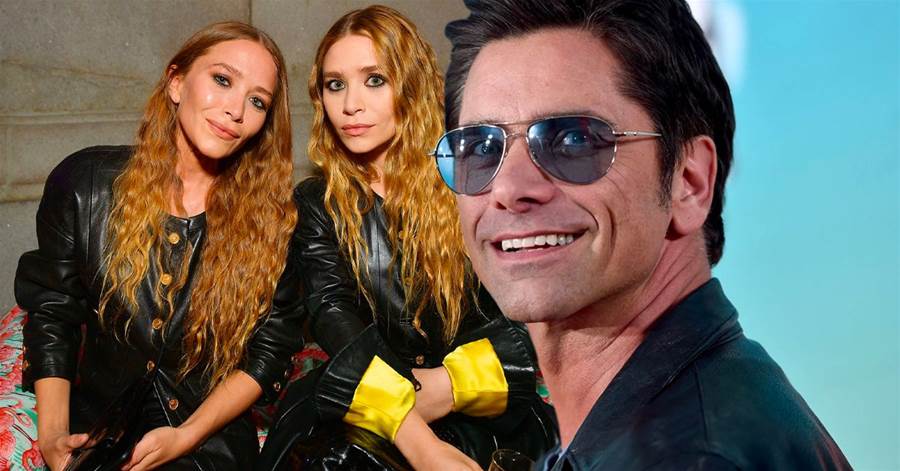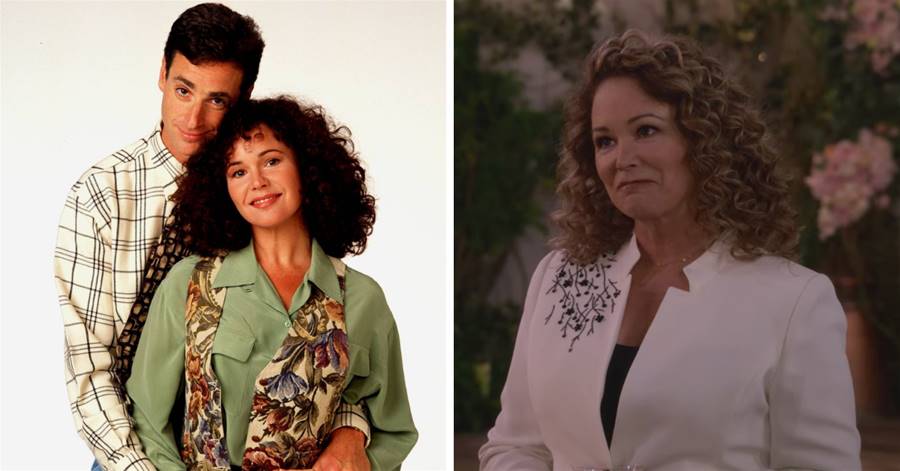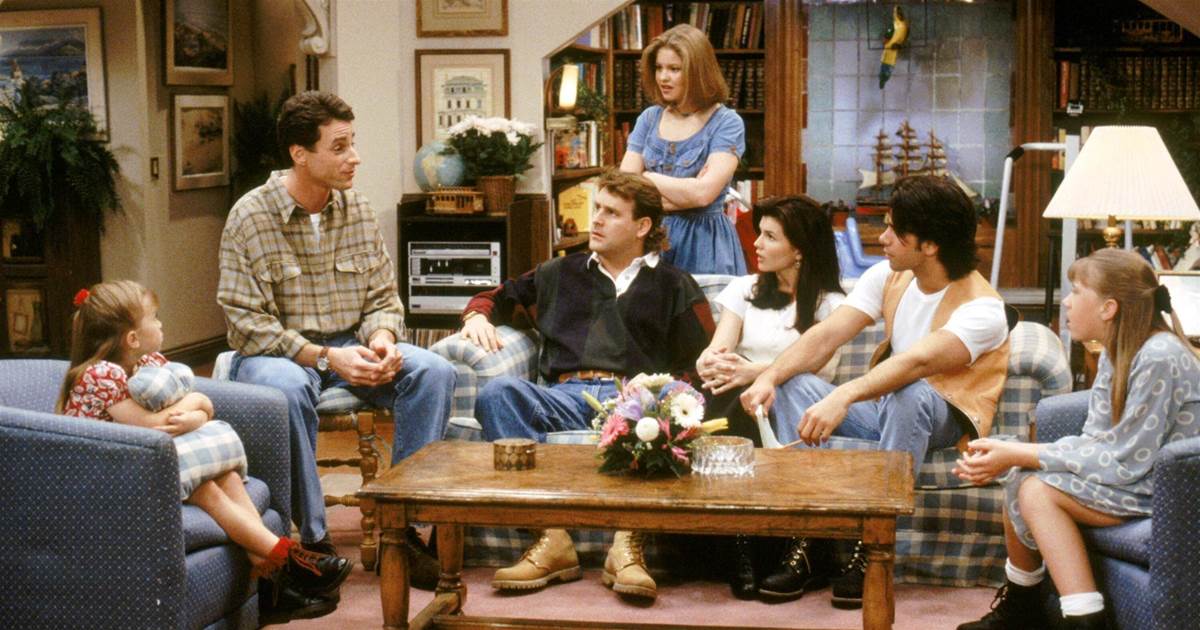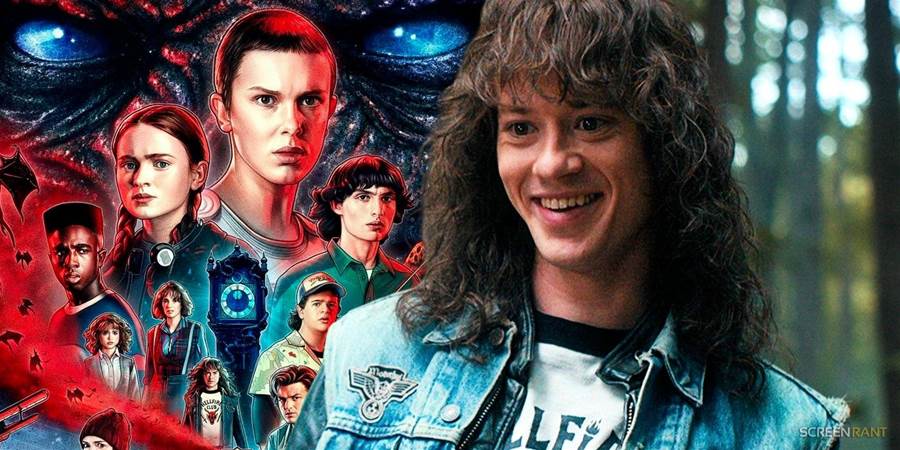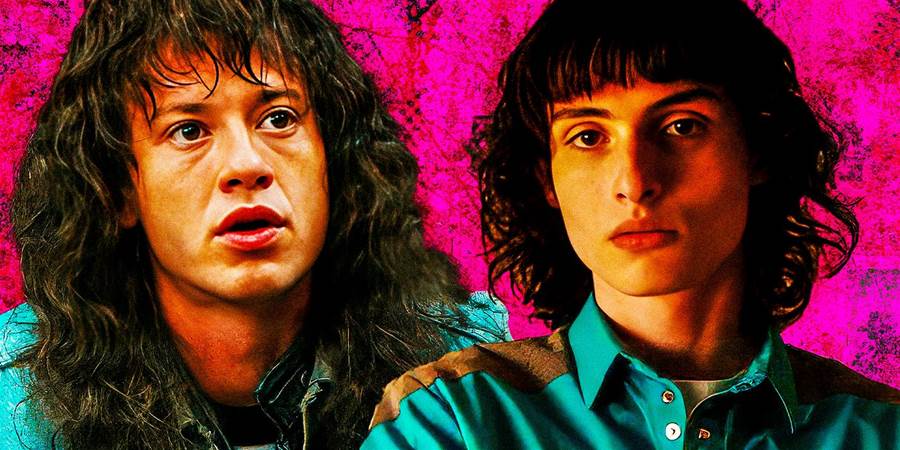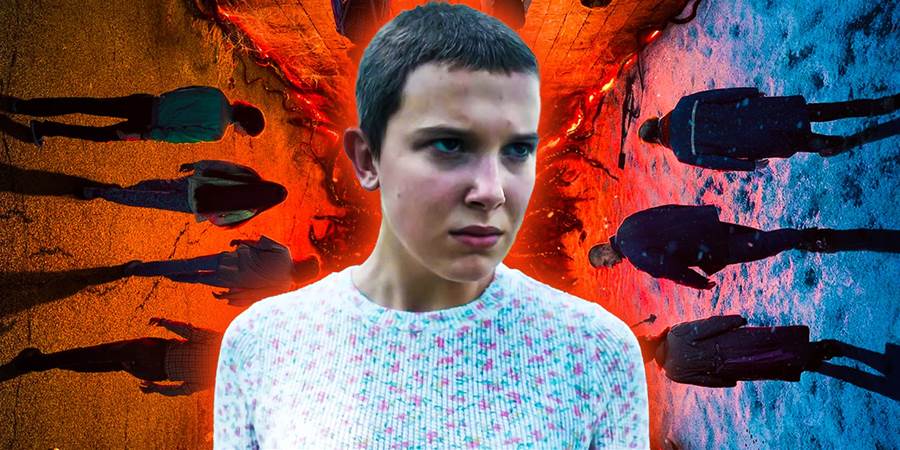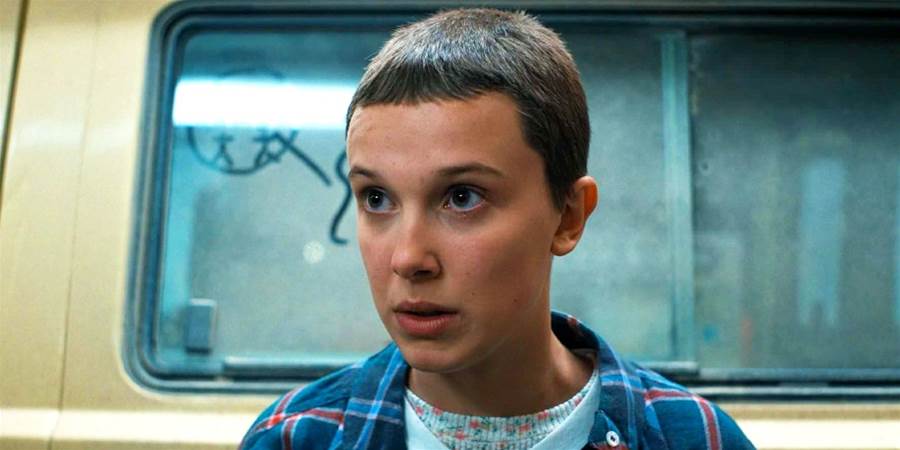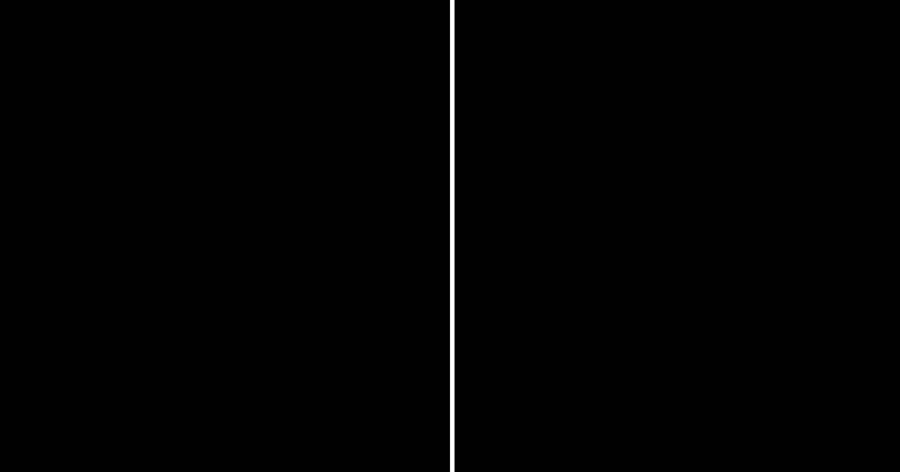
is one of the most successful and beloved franchises in modern history. The trilogy of films in the early 2000s, adapted from J.R.R. Tolkien’s legendary stories, were landmark releases of their time. They are collectively considered one of the best film trilogies of all time, and to this day people still return to them and fall in love with the world of Middle-earth all over again. Even the trilogy of movies based on , despite not being as universally adored as , managed to make enormous waves at the box office.
Across both trilogies, franchise has averaged just short of a billion dollars per film.
Given the enduring success of these films, it's no wonder why Prime Video's and the have been dominating internet discourse since their initial announcements. Here's how each film in the franchise ranks in terms of the box office.
Updated Jan. 20, 2024: This article has been updated with brand-new features, including additional content and streaming information.
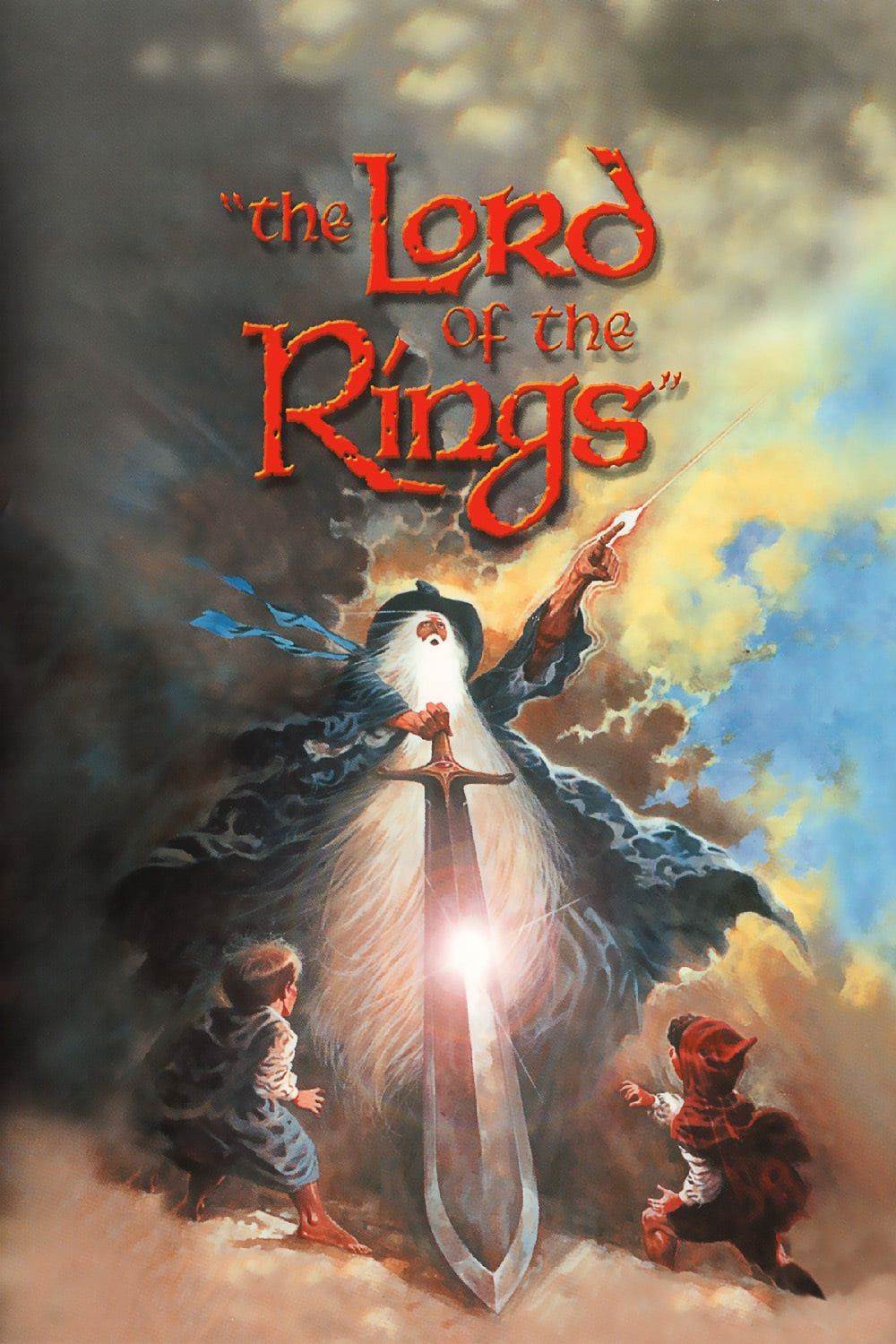
This film is included on this list solely for the completionists out there. The only film to be released theatrically and not be directed by Peter Jackson is the 1978 animated adaptation of , which was directed by the polarizing Ralph Bakshi. With a budget of only $4 million, the film managed to pull in around $30 million at the North American box office. While that was enough to turn a profit and be considered a success, it .
The film, which only covered the first half of the story, was poorly received by both fans and critics at the time, and it failed to become the breakout hit that it was meant to be.
In the half-century since its release, Bakshi’s version of has become a cult classic of sorts, with its rotoscope animation doing a lot of work to separate the film from other animated fantasy films of its time. You could even argue that its existence lent Peter Jackson some inspiration when it came time for his spin on Middle-earth.
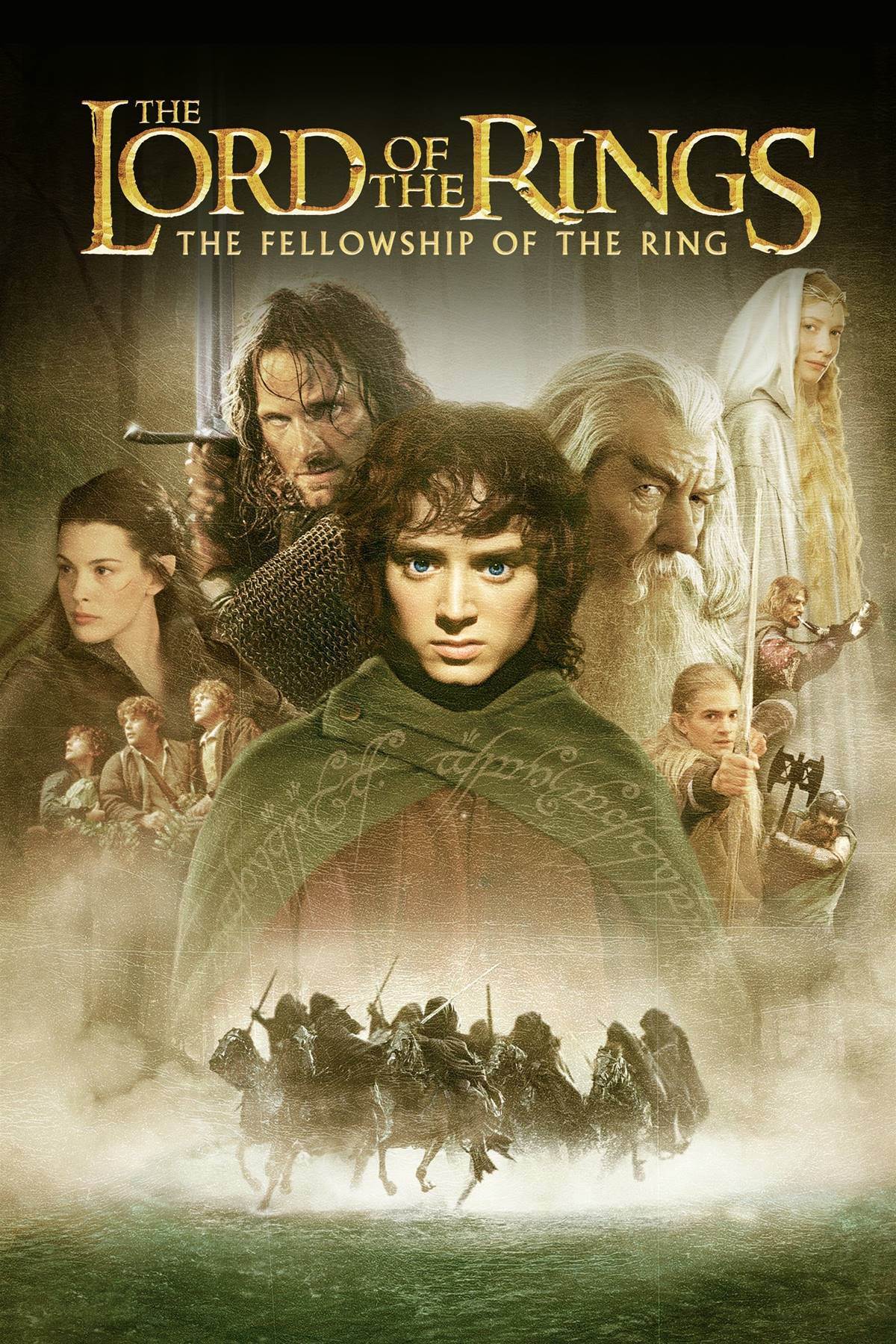
The , and the first modern adaptation of Tolkien’s work to be released, was 2001’s
. There was a lot of pressure on this first film. Jackson and New Line Cinema were attempting the massive undertaking of shooting all three films back to back, which was a practice that was essentially unheard of at the time. If failed, then the studio and the director would have been in hot water, as they had two sequels nearly completed already.
Thankfully, when the film was released in December 2001, it was a smash hit. was the second highest-grossing film of 2001 both domestically and internationally, having only been beaten out by the first film in both markets. In its original theatrical release, the movie grossed just over $880 million.
Through various re-releases in the two decades since, that number has now grown to $898 million.
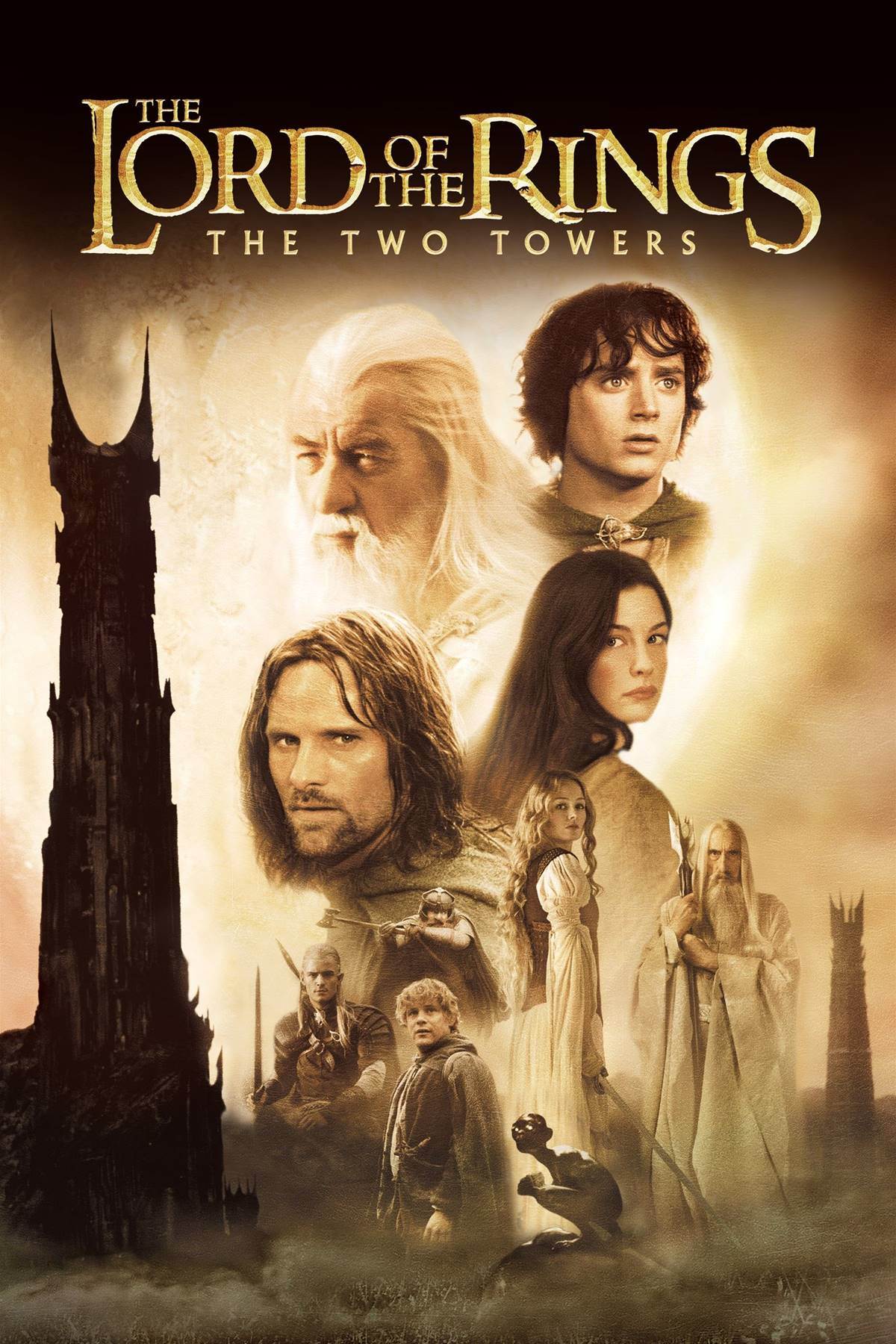
Thanks to the immense success of – a success that blossomed further with the film’s home video release in 2002 – the anticipation for in December 2002 was sky-high. The movie opened to $62 million domestically, which was a 31% increase over the $47 million that opened to.
With being just as strong, if not stronger, than its predecessor, the film also showed incredible legs at the box office.
It went on to gross $936 million in its original theatrical release, a number that has since expanded to $949 million. It was the top film of the year worldwide, having surpassed the second to earn that spot. But, it once again came in second place in the domestic market, where Sam Raimi’s outperformed it by $65 million.
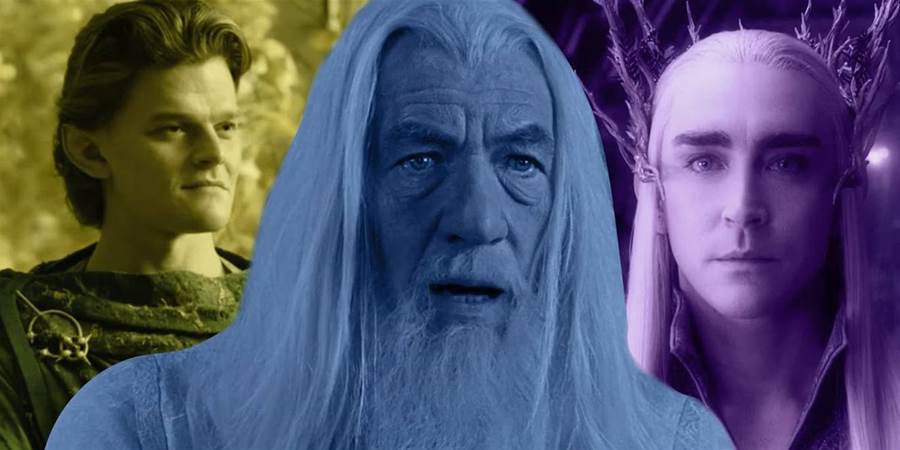
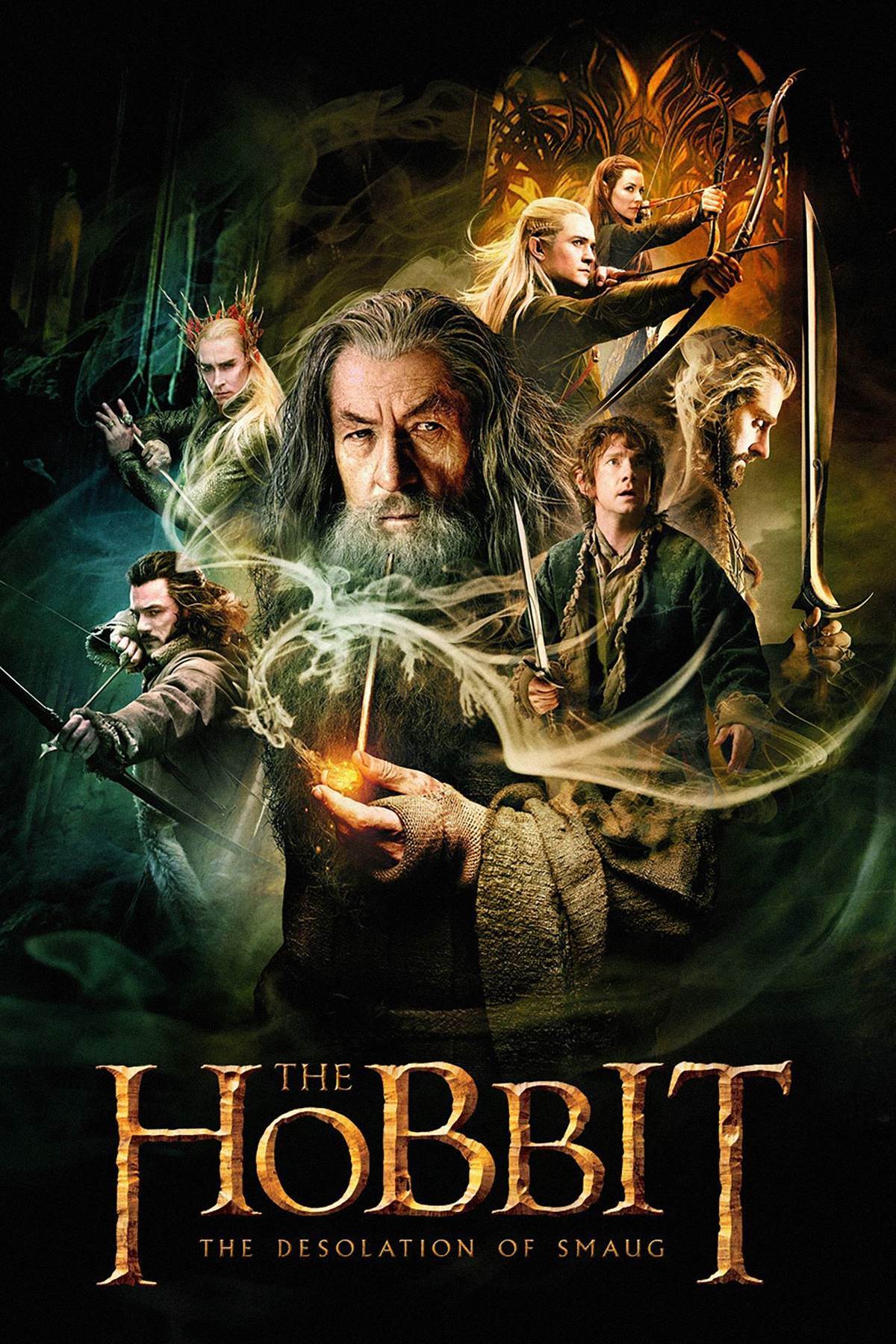
Up next on the list is the second film in the prequel trilogy, . Despite being , is the lowest-grossing of the bunch, even if it’s only by a little bit. Ten years after the conclusion of , the second film opened to $73 million domestically, about $11 million less than the first entry, .
The promise of Benedict Cumberbatch’s Smaug drove a lot of audience interest in the film, which ultimately grossed $959 million worldwide. It was the eighth highest-grossing movie of 2013 in North America and the fourth highest-grossing worldwide, surpassed by the likes of , and . Don’t let all of that paint a negative picture though.
was still a monstrous success. It grossed not too far under $1 billion on a budget of around $200 million, which was more than enough to make the effort worthwhile. Knowing how compared to Jackson's first trilogy, the relief must've been immense.
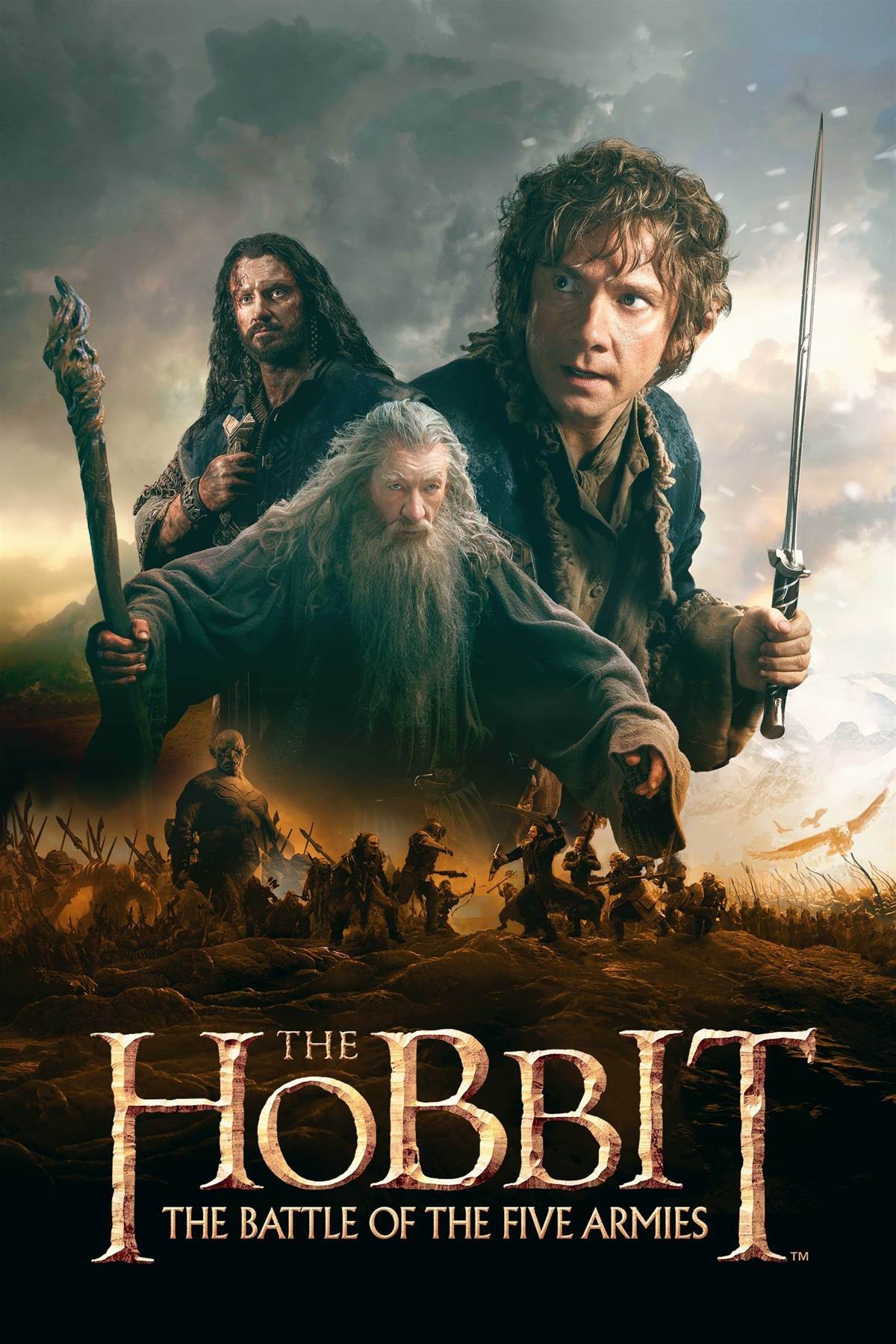
Coming in just $3 million above is the , . This film was billed as the grand finale to the adventures of Bilbo Baggins and the Dwarves of Erebor, as well as the last journey into Middle-earth on-screen.
While we now know the latter was an untrue marketing gimmick, the promise of the movie was still enough to drive a lot of fans to come out to cinemas. While was a box office success no matter which way you look at it, it also happened to post the smallest opening weekend of the entire trilogy. It grossed just $54 million domestically in its debut weekend, a nearly $20 million drop from . This is despite the fact that featured some of the as a whole.
However, once again, franchise demonstrated outstanding legs at the box office. It ultimately grossed $255 million domestically, just a smidge under the previous film’s $258 million, and it reached $962 million worldwide, which was inversely just over
's $959 million. It was the sixth highest-grossing film of the year in the United States, and it snagged the second international spot underneath the worldwide powerhouse . It cemented thetrilogy as an overall box office smash, as all three films grossed more than $950 million, and altogether, they pulled in $2.93 billion.
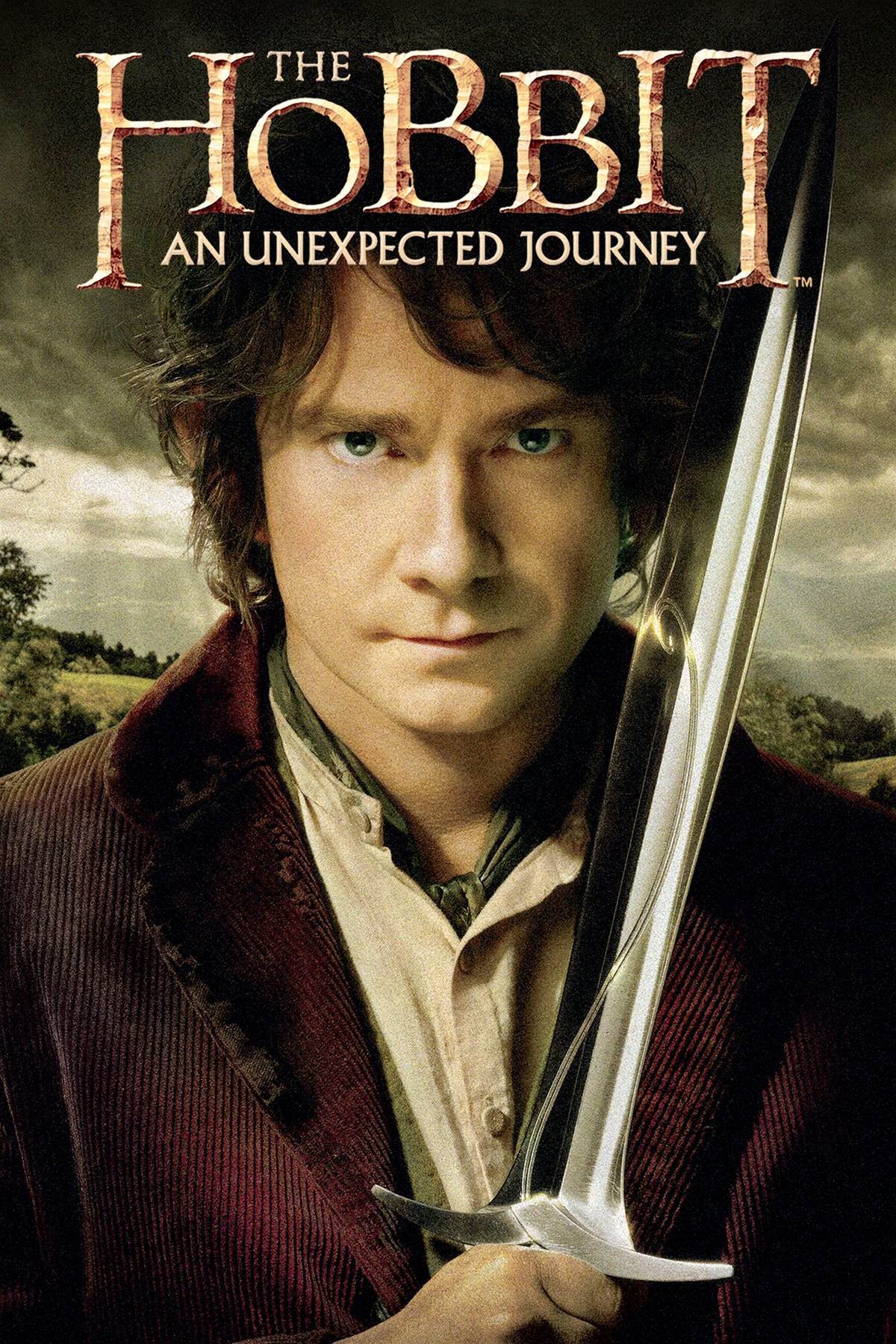
Although all three of the films were incredible successes (at the box office, at least), only one of them managed to join the billion-dollar club.
was released in 2012 as the first film in the franchise since in 2003. The concept of journeying back into Middle-earth, with Jackson returning to the director’s chair and actors such as Andy Serkis, Ian McKellen, Cate Blanchett and Hugo Weaving reprising their roles from , had audiences immensely excited for .
The film opened to $84 million domestically, which remains the largest opening for any film. It went on to earn a total of $303 million in North America and $1.01 billion worldwide. Domestically, it was the fifth highest-grossing movie of the year, while globally it came in third, behind
and .
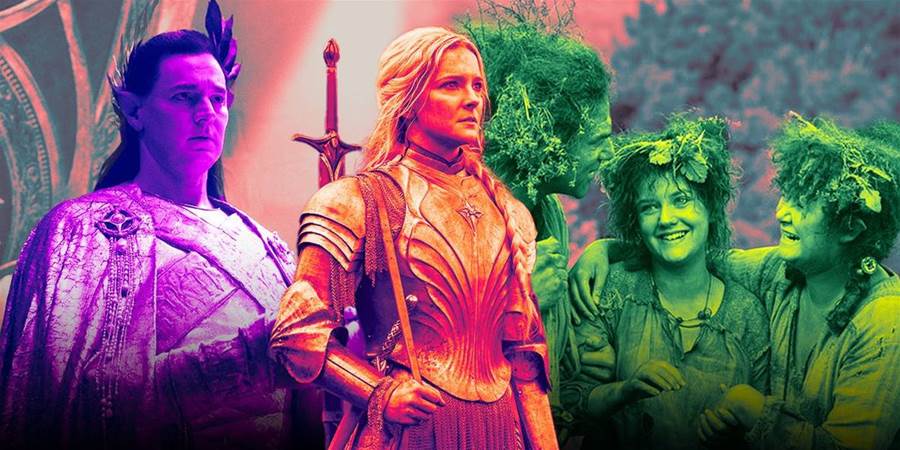
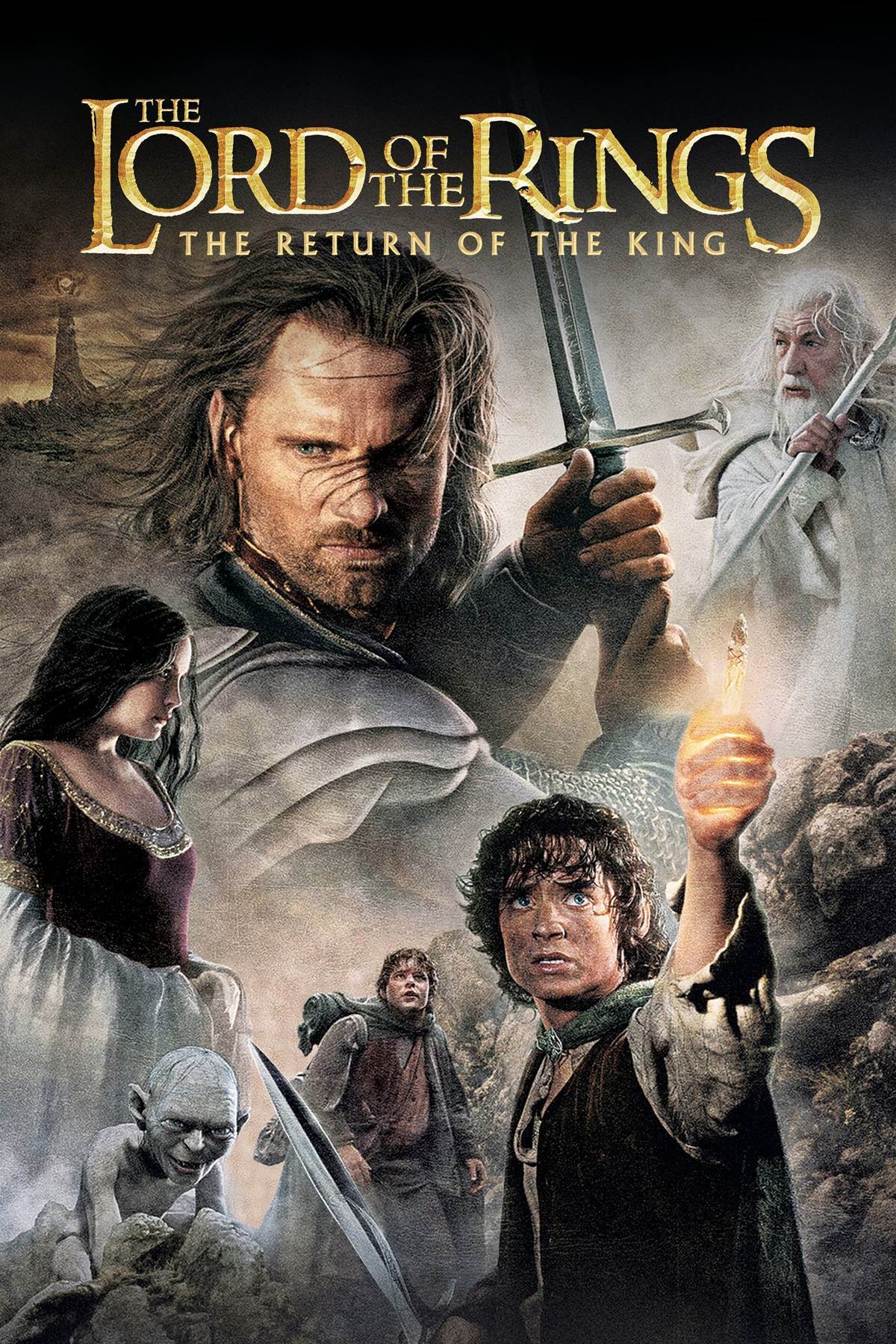
It makes sense that the highest-grossing film in the franchise was the as well. was building off the sensational hits that and were, and it promised to deliver a finale that would surpass both of them. Upon its release, opened to $72 million in the US, where it went on to gross $377 million and claim the title as the highest-grossing movie of 2003.
It was also the highest-grossing movie of the year globally, as it brought in a total of $1.14 billion.
was only the second film in history to make more than a billion dollars at the box office, with the first being six years earlier in 1997. Even more impressively, the final film was the second highest-grossing film of its decade, beaten once again by a James Cameron film, 2009’s .
is one of the most critically acclaimed movies of all time. It famously swept the 2004 Academy Awards, as it won all 11 of the Oscars that it was nominated for. It is frequently given new theatrical runs, which has grown its overall total to $1.
146 billion.
is currently set to make a big return in 2024. Don't believe us? Check out our helpful video below for more information:
